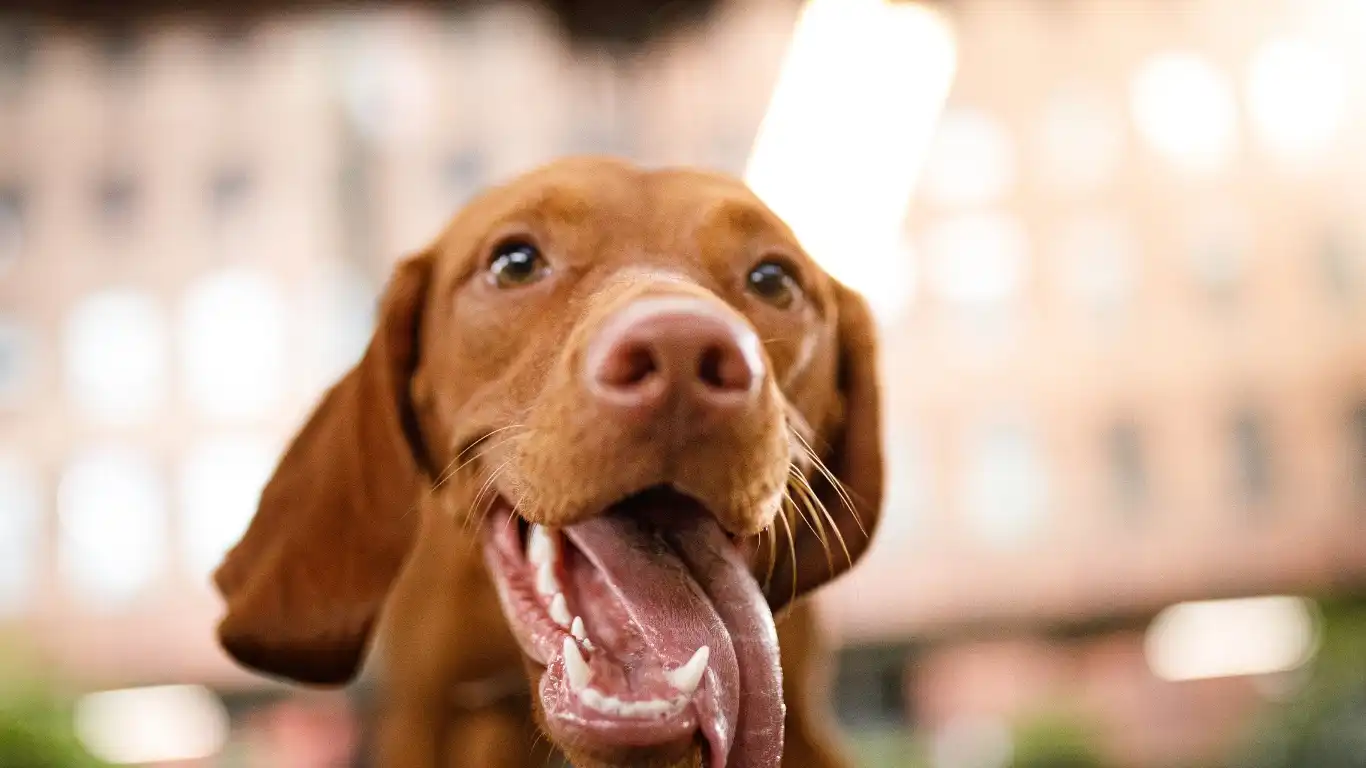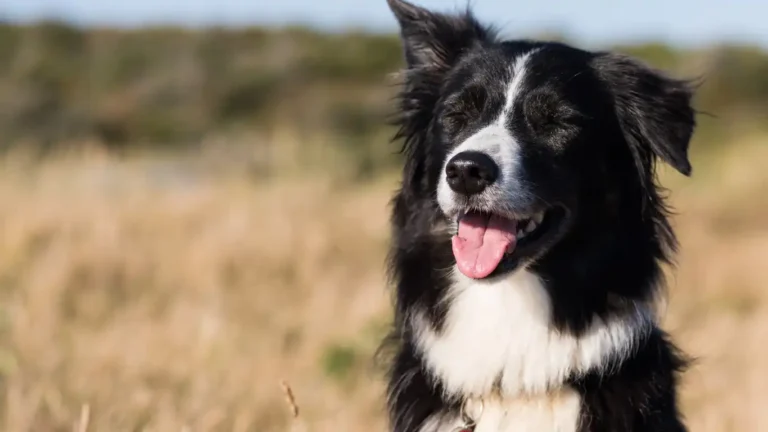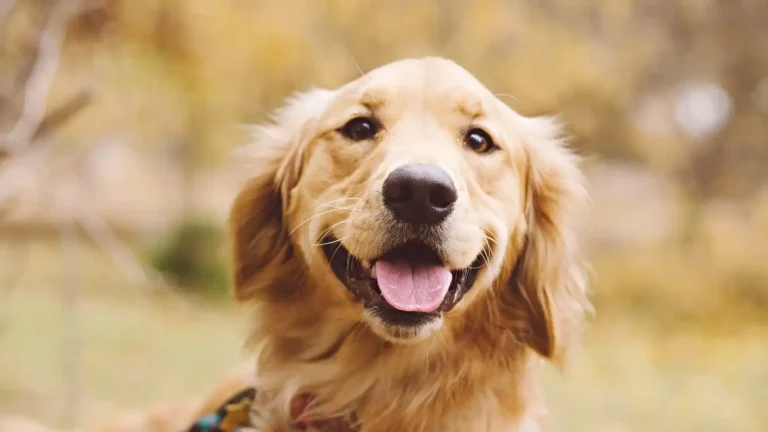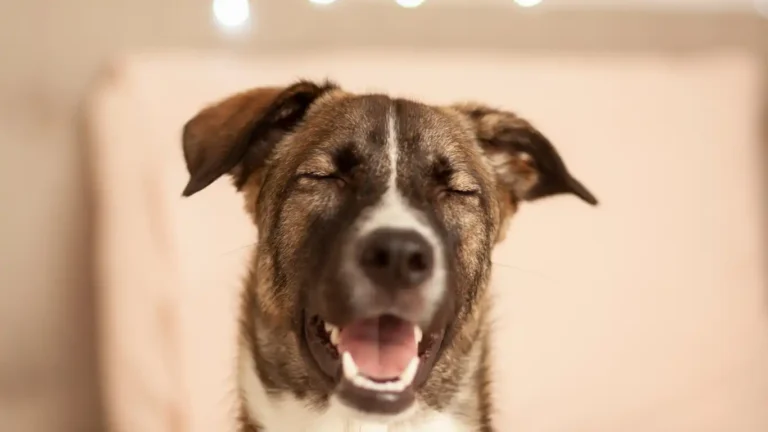How to Teach Your Dog to Tolerate Car Rides: Stop the Stress Today
If you’re anything like me, you’ve probably had those moments where your dog just refuses to settle during a car ride. Maybe it’s the whining, the panting, or even the dreaded vomit incident—yep, I’ve seen it all during my years working as a Veterinary Technician specializing in Nutrition. Learning how to teach your dog to tolerate car rides isn’t just about convenience; it’s about improving their overall well-being and helping them associate travel with calm, positive experiences. And trust me, it’s totally doable with the right approach and a bit of patience.
Understanding Why Some Dogs Hate Car Rides
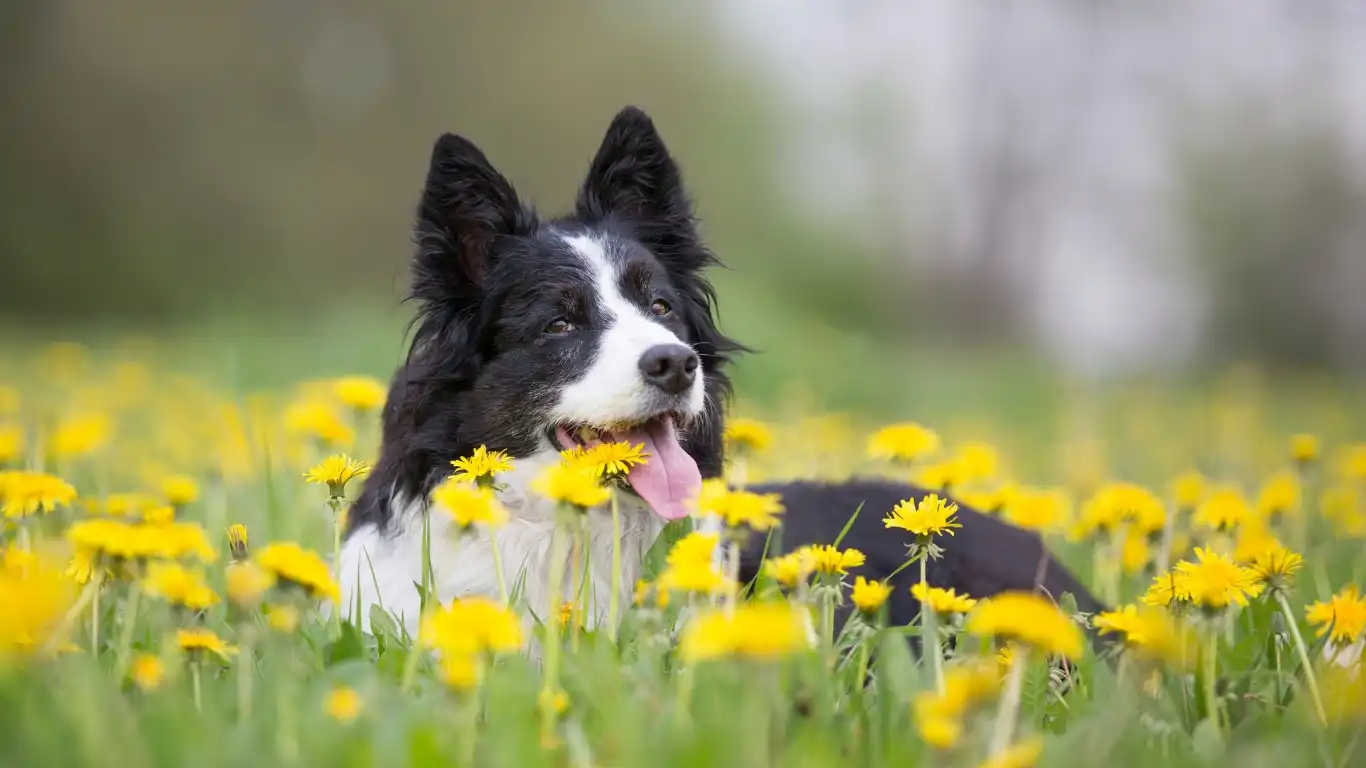
Before diving into training tips, it’s helpful to understand why your pup might dread being in the car. In my clinic days, I noticed it usually boiled down to one of three things: motion sickness, anxiety, or lack of exposure.
1. Motion Sickness is More Common Than You Think
Especially in puppies, motion sickness can really mess with your dog’s ability to enjoy car rides. Their inner ears, which help with balance, aren’t fully developed yet. So what feels like a casual cruise to us might feel like a rollercoaster to them. I often tell clients to look for signs like drooling, lip licking, or that unmistakable “I’m gonna hurl” face.
2. Anxiety Triggers Come in Many Forms
Cars are loud, bumpy, and unpredictable—basically the opposite of the safe, cozy spaces dogs are used to. Add in previous bad experiences (like only going to the vet), and your dog might associate your car with stress. I’ve seen dogs shake like leaves just walking near a parked vehicle. That’s not stubbornness—it’s genuine fear.
3. Lack of Socialization or Conditioning
This one’s super common. If your dog wasn’t introduced to car rides during their critical socialization window (around 3–12 weeks of age), they might see cars as foreign and scary. It’s not that they don’t want to go places with you—they just don’t know how to feel safe doing it.
How to Teach Your Dog to Tolerate Car Rides (Without Losing Your Mind)
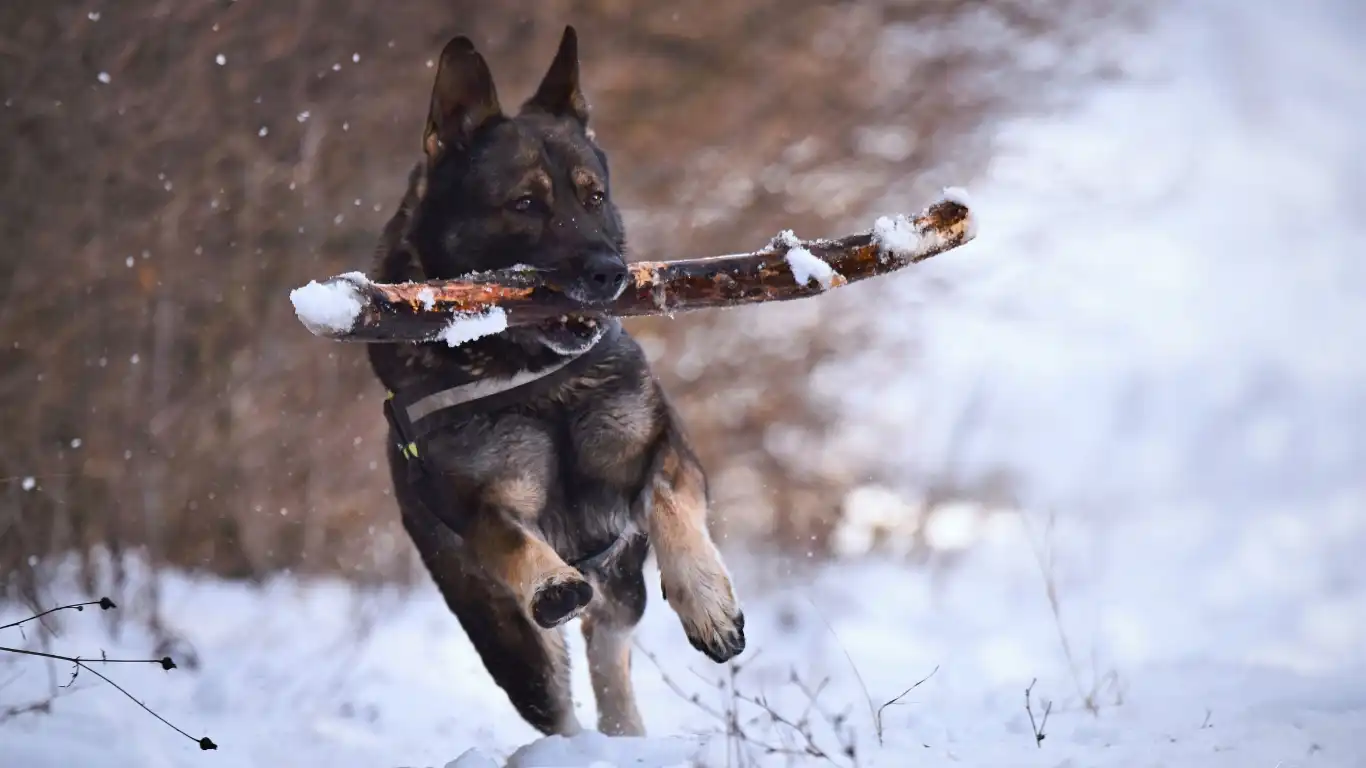
Now that we know the “why,” let’s tackle the “how.” Over the years, I’ve helped dozens of clients—and my own high-strung rescue—build comfort with car rides. It’s a combo of desensitization, reward-based training, and sometimes a little nutritional support.
Start Slow (Seriously, Slower Than You Think)
It’s not just about tossing your dog in the car and hoping for the best. Begin with baby steps. Like, just sitting in the parked car together. Give them treats, praise, or a chew toy. Then hop out. That’s it. Keep these sessions short and chill.
Use High-Value Rewards
This isn’t the time for basic kibble. Break out the really good stuff—chicken, cheese, freeze-dried liver, whatever makes your pup’s tail wag. Pairing the car with treats helps build positive associations over time. I used to keep a stash of goodies in my glove compartment just for this purpose.
Work Up to Short Rides
Once your dog’s cool with hanging in the parked car, it’s time to turn on the engine. No driving yet—just let them get used to the rumble. From there, work up to short trips around the block. Keep them fun and end at places your dog loves (like a park or a friend’s house with treats).
Make It Comfortable
Use a crate or seatbelt harness to keep them secure. Some dogs feel safer when they can’t slide around. I also recommend bringing along a familiar blanket or toy—it’s like their version of a security pillow. Oh, and crack a window! Fresh air helps with nausea and calms nerves.
Nutrition & Natural Support for Travel Nerves
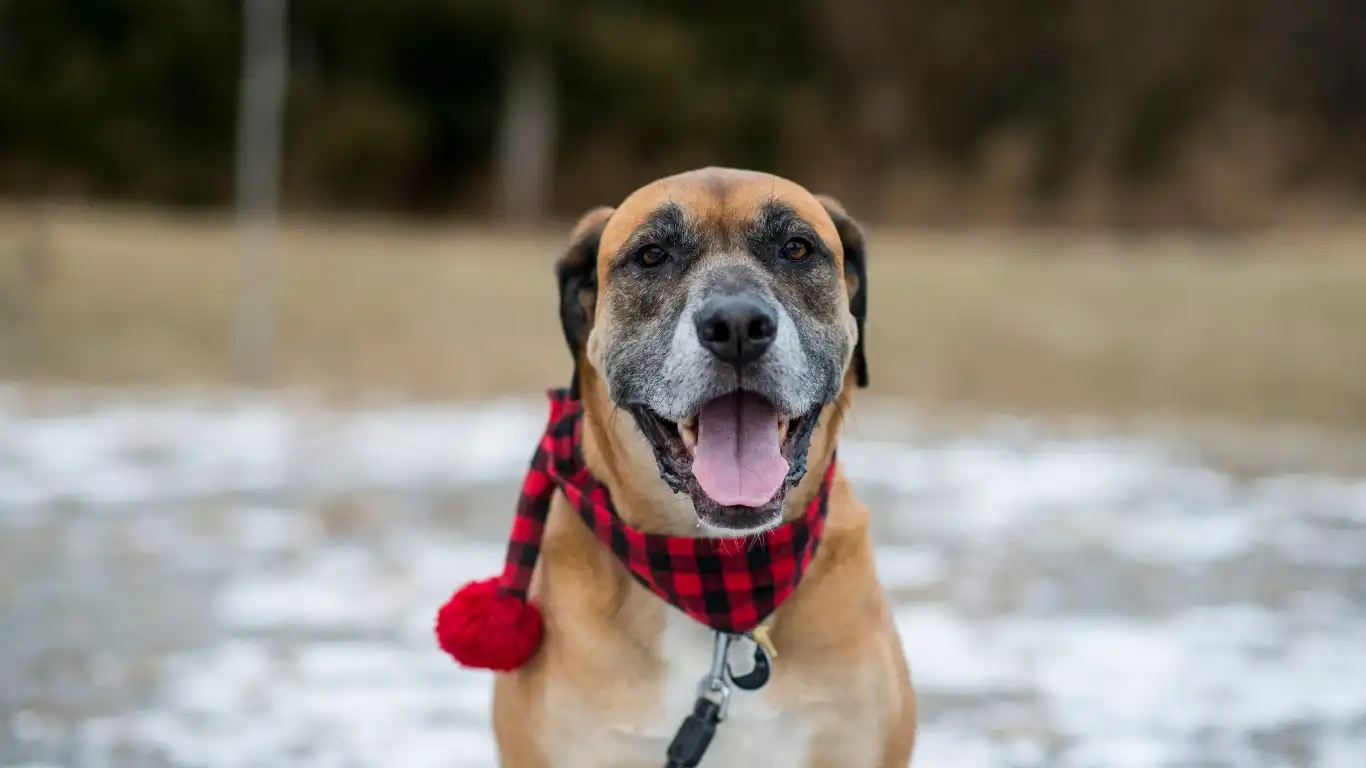
One of the perks of my background in pet nutrition? I’ve seen how big a role diet can play in behavior. Dogs with balanced, gut-friendly diets often handle stress better. Some even benefit from calming supplements like L-theanine, chamomile, or ginger (great for nausea too!).
- L-theanine: Naturally calming amino acid often found in green tea
- Ginger: Known for helping with motion sickness
- CBD (vet-approved): A newer option some pet parents are exploring, under supervision
Before starting any supplement, check in with your vet or a certified pet nutritionist (hi, that’s me!). Some dogs have sensitivities or may be on medications that interact.
Training Games to Make Car Rides Fun (Yes, It’s Possible!)

One thing I’ve learned after years in vet clinics is that dogs thrive when learning feels like play. So when I work with pet parents on how to teach your dog to tolerate car rides, we always weave in a few training games. These turn anxiety into engagement and boredom into fun.
Car Ride Scavenger Hunt
Here’s a simple one that works wonders with curious pups: hide tiny bits of high-value treats in different parts of the car. Start while the engine is off, of course. Let your dog sniff and search around the back seat, floor mats, even their crate (if you use one). This activates their nose—which has a calming effect—and helps them connect the car with something exciting.
‘Find It’ with a Twist
This game saved me during long trips with one particularly anxious golden retriever patient of mine. I’d toss a small treat, say “Find it!” and let him track it down. Over time, he’d get so wrapped up in the game that he stopped pacing and panting entirely. We’d even play it while parked in the vet clinic lot before appointments to get his brain out of “stress mode.”
Clicker Training in the Car
If you’ve used clicker training at home, bring that into your travel routine. Start by clicking and treating for calm behaviors like sitting, lying down, or even eye contact. It helps dogs understand that relaxing earns rewards—pretty handy for a creature who’d otherwise be on high alert in a moving vehicle.
Recognizing the Signs: When Your Dog Needs a Break

Even the best-behaved dogs have their limits. A lot of folks miss the subtle cues that their pup needs a breather—which can quickly spiral into car phobia if left unchecked. During my tech days, I used to keep a checklist in my head during road trips with shelter dogs.
Watch for These Warning Signs:
- Yawning or lip licking — Often the first signs of discomfort
- Pacing or whining — Indicates building anxiety
- Excessive drooling — Can mean nausea or stress
- Sudden refusal to get in the car — A big red flag
If you notice any of these, pull over somewhere safe and give your pup a break. Let them stretch, sniff, and decompress. Sometimes a quick five-minute walk makes all the difference. I always kept a portable water bowl and a blanket in my trunk for exactly this reason.
Keep Breaks Positive
During longer trips, I recommend planning pit stops every 1–2 hours. But don’t just open the door and wait. Use this time to engage with your dog—play tug, toss a ball, offer a treat. You want them to associate getting out of the car with joy, not just relief.
Travel Gear That Makes a Big Difference

Let’s be honest: sometimes success is all about having the right tools. There are a few car travel essentials I swear by—not because they’re trendy, but because I’ve seen firsthand how they improve safety and reduce stress for dogs and their humans.
1. Car Harness or Crate
Not only is this a safety must, but a secured dog also feels more grounded. I had one dachshund patient who used to panic the second the car moved—until his owner started using a cozy travel crate. Game changer. Look for crash-tested harnesses or crates that allow your dog to lie down comfortably.
2. Non-Spill Water Bowl
Dehydration can sneak up on dogs during travel, especially in warmer weather. I love the non-spill travel bowls that clip to crates or sit snug on the floor. Bonus: familiar water from home can sometimes help reduce tummy troubles.
3. Car Seat Covers
This one’s for you, honestly. Messes happen. Whether it’s a little drool or an unexpected accident, having a washable seat cover makes cleanup way less stressful. I always kept extras in our clinic’s travel kit for mobile visits.
4. Calming Aids (When Necessary)
While I always recommend behavioral training first, there are cases—especially with senior dogs or those with a traumatic history—where calming aids make a huge difference. Options like pheromone sprays, calming chews, or vet-prescribed medications can help bridge the gap during training.
Just make sure you’re not using these as a long-term crutch. I once worked with a client who used calming chews for every trip, but after a few months of consistent training, her nervous pup started hopping in the car on his own—chew-free. That’s the goal!
Building Confidence Through Routine and Repetition

One thing I always tell clients when figuring out how to teach your dog to tolerate car rides is this: consistency is your best friend. Dogs feel safest when they know what to expect, and creating a predictable car routine helps them feel more in control—something anxious pups crave.
Set Up a Pre-Ride Ritual
This doesn’t need to be fancy. A short walk before getting into the car, a sniff break, or even a potty stop can signal to your dog that it’s time for a ride. I had a Lab patient named Daisy who always settled better after her little “pre-trip trot.” It became our go-to ritual. A routine like that helps burn off excess energy and gives them a sense of calm before getting in the vehicle.
Stick With a Favorite Spot
Some dogs feel better when they ride in the same place every time—whether it’s the back seat, a crate, or a booster seat with a view. Familiarity brings comfort. I remember one tiny Maltese who’d completely lose it unless she was in her booster seat, facing forward with her little head out the window (safely harnessed, of course).
Practice, Even Without a Destination
This one’s underrated. Just doing a quick “pretend” car trip every few days—start the engine, loop around the block, return home—can really help normalize the whole process. No pressure, no stressful vet visit at the end. Just a joyride for the sake of it. It’s how I helped my own reactive dog go from meltdown to mellow on the road.
Desensitizing Triggers That Cause Anxiety
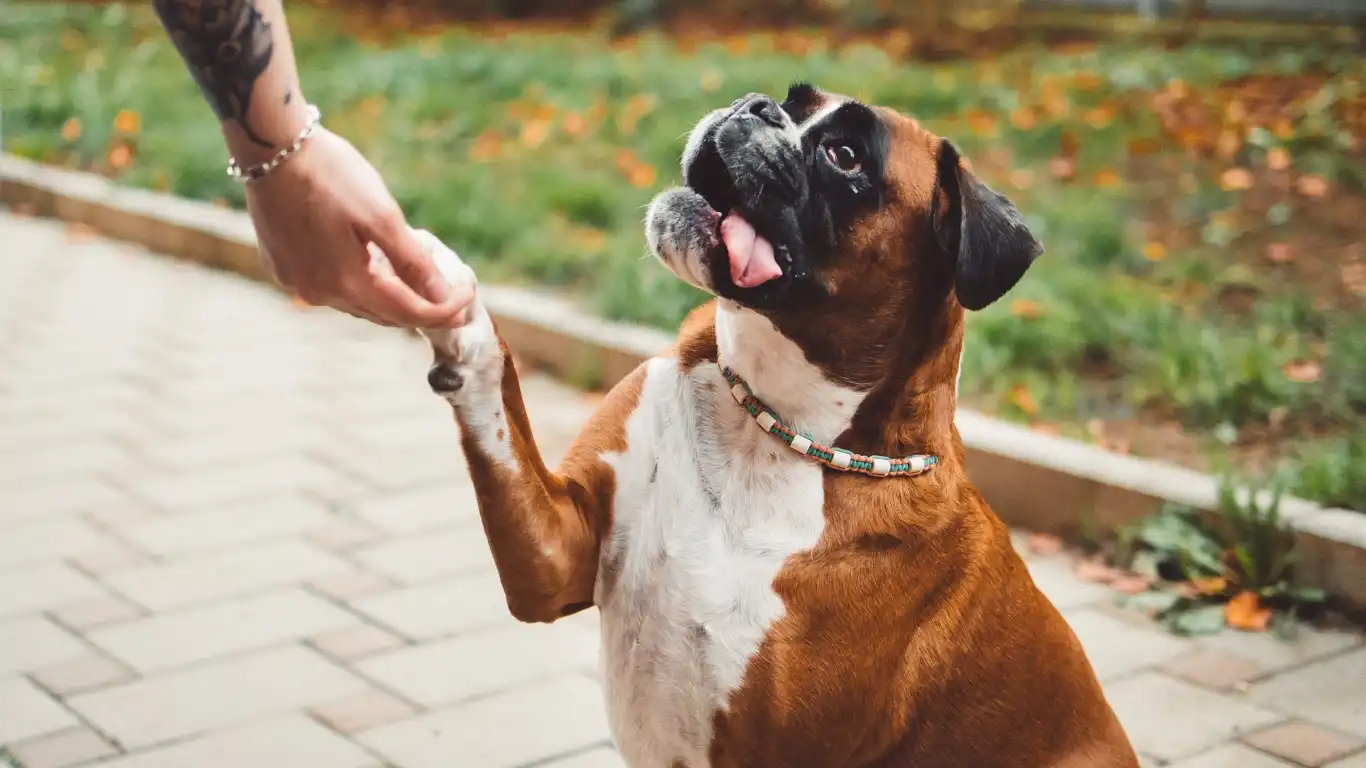
If your dog’s still struggling despite training, it’s worth breaking down the ride into “triggers” that might be causing discomfort. This approach is something we often use in vet behavior work and it’s incredibly effective for stubborn cases.
Noise Sensitivity
Things like engine hums, turn signals, windshield wipers—they may seem minor to us, but to dogs with sensitive hearing, these can be scary. I usually recommend playing car sounds quietly at home (YouTube has playlists!) during meal times. Over time, their brain learns to associate the noise with something positive like food.
Visual Overload
Motion blur, traffic zooming by, flashing lights—these can overstimulate some dogs. A light car curtain or a crate cover (with good airflow!) can minimize the chaos outside and help your pup focus inward. I’ve used these with reactive dogs who’d bark at every passing car like it was a personal offense.
Smells Can Trigger Memories
Ever notice how your dog acts differently around certain spots? Smells stick, especially if they’ve had a traumatic ride or vet visit. A deep clean with pet-safe cleaners and even adding a familiar-scented blanket can work wonders. Don’t underestimate your dog’s nose—it’s a powerful part of their emotional processing.
When to Call in Professional Help
If you’ve truly tried it all and your dog is still panicking in the car, it might be time to get a professional involved. I’ve seen dramatic improvement in dogs who worked with certified trainers or veterinary behaviorists. Sometimes, especially with rescue dogs, trauma runs deep and requires a gentler, more specialized approach.
- Certified Dog Trainers: Look for trainers who use positive reinforcement methods and have experience with fear and anxiety behaviors.
- Veterinary Behaviorists: These are vets with advanced training in animal behavior. They can assess whether medication or a behavior modification plan is needed.
There’s zero shame in getting help. In fact, one of my proudest success stories involved a shepherd mix named Jax, who had a full-blown car phobia. After working with a vet behaviorist and a gentle trainer, he now hops in with his tail wagging—ready for any adventure.
Final Thoughts: Patience and Progress Over Perfection
Honestly, teaching a dog to tolerate (and maybe even enjoy!) car rides takes time. It won’t be perfect. You’ll have setbacks—my own dog backslid after a bad thunderstorm while driving—but that’s normal. The goal isn’t a flawless road trip every time. It’s progress, trust, and helping your dog feel safer one mile at a time.
And when that moment hits—the first time your pup jumps in the car without hesitation, settles down with a sigh, and looks at you like, “Where are we going today?”—it’s absolutely worth it.
References
- American Veterinary Medical Association
- Certification Council for Professional Dog Trainers
- ASPCA – American Society for the Prevention of Cruelty to Animals
- Washington State University College of Veterinary Medicine
Disclaimer
This article is for informational purposes only and is not a substitute for professional veterinary advice. Always consult with your veterinarian or a certified pet behaviorist before making any major changes to your dog’s routine, behavior plan, or health care.
